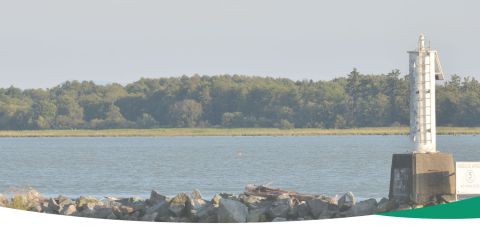2022
ACL Tear
Anterior Cruciate Ligament (ACL)
- ACL and PCL (posterior cruciate ligament) act together as major (most importantly, rotational) stabilizers of knee joint
- ACL prevents hyperextension and shearing of knee joint and controls rotational movements of tibia (shin bone) on femur (thigh bone), or vice versa, during pivoting or side-stepping movements; PCL prevents femur from sliding forward on tibia (or tibia from sliding backwards on femur)
- Cruciate ligaments provide proprioceptive feedback (perception of movement and spatial orientation) from knee to central nervous system
ACL Tear
- common mechanisms of injury are hyperextension of leg and/or sudden rotational force with foot planted
- severe compromise of ligament causes knee to buckle and give way
Physical Therapy Treatment
- as per post-surgical treatment (as indicated; see below), though shorter timeline
- possible bracing of knee (cast for fitting as swelling abates) for use during high-intensity activity to compensate for lack of ligament and stabilize knee
Physical Therapy Treatment
Post-surgical
- initially, pain and swelling addressed using RICE approach (rest, ice, compression, elevation) and electrotherapeutic modalities (e.g., IFC, ultrasound, cryotherapy)
- early joint mobilization, soft tissue stretching, and controlled loading stimulate healing of articular cartilage and bone and transformation of graft to become more ligamentous
- range of motion and strength increased gradually
Prognosis
Post-surgical
- gradual return to desired activity to avoid stretching repaired tissue beyond optimal tension: dynamic function increased with partial to full weight bearing activity; progressed to include conditioning, global limb strength, agility, functional re-training activities
- return to full sports participation may take between 4 months to a year
- recovery time frames vary somewhat according to type of graft used and other individual differences
- graft repair tissue at its weakest between 6 to 12 weeks post-surgery
Non-surgical:
- gradual return to normal function can begin when brace (if prescribed) provided and/or strength returned
- non-rotational sports or activities such as walking, hiking, running, cycling, and swimming begin first; more rotational sports such as tennis, skiing or soccer resumed when no swelling and no pain felt after running or hiking
Physio Note: Activity Precaution
Avoid resisted leg extension exercise which exerts shear forces on joint that may cause tearing of compromised ligament (non-surgical patient) or vulnerable repair graft (post-surgically)
Your physical therapist will utilize modalities to reduce inflammation, facilitate resolution of swelling, and speed healing and can help you set up a safe and effective exercise routine to meet your evolving needs

